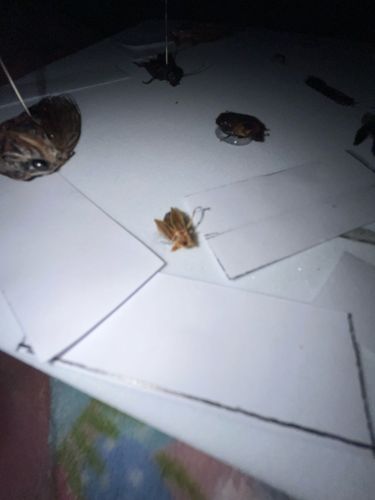Moth
Scientific Name: Lepidoptera (various species)
Order & Family: Order: Lepidoptera, Family: Varies (e.g., Noctuidae, Sphingidae, Geometridae)
Size: Typically 3 mm to 30 cm wingspan, depending on the species.

Natural Habitat
Globally distributed, found in diverse habitats including forests, grasslands, deserts, wetlands, and urban areas. Often attracted to lights at night.
Diet & Feeding
Adult moths often feed on nectar, sap, and rotting fruit, using a proboscis. Larvae (caterpillars) are typically herbivorous, feeding on leaves, stems, roots, fruits, or flowers of specific host plants.
Behavior Patterns
Moths are primarily nocturnal, though some species are diurnal. They undergo complete metamorphosis (egg, larva, pupa, adult). Adults are known for their attraction to artificial lights. Larvae may construct cocoons for pupation. Many species are important pollinators.
Risks & Benefits
Benefits include pollination of various plants and serving as a food source for other animals (birds, bats, etc.). Some moth larvae are considered pests in agriculture or to stored products (e.g., clothes moths, pantry moths) by feeding on crops, fabrics, or dried goods. A few species can cause skin irritation through their urticating hairs.
Identified on: 9/22/2025